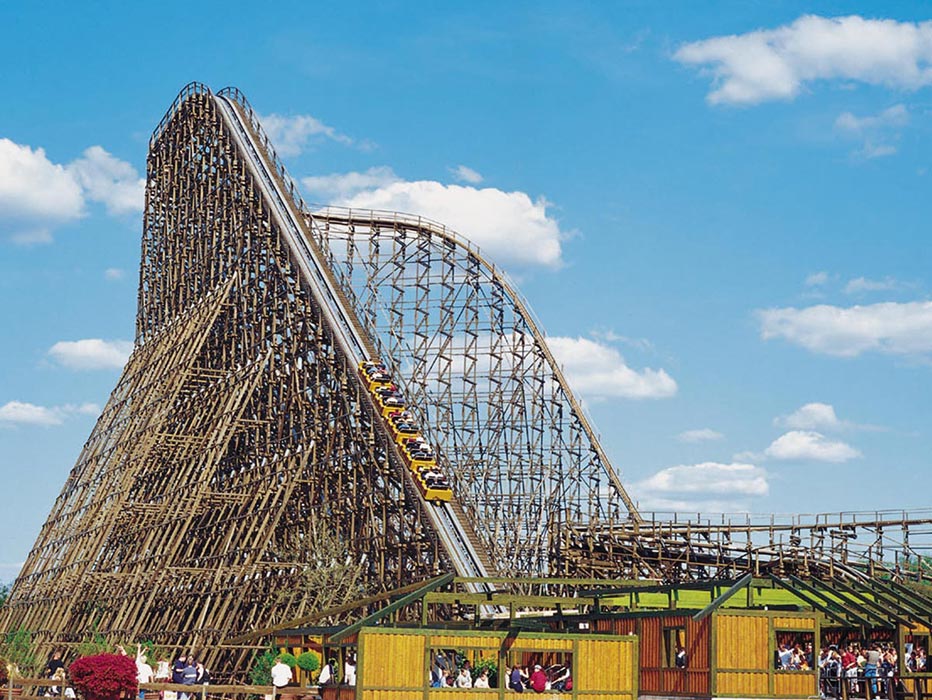TimberTower has several selling points:
The price of wood is holding steady for years – different from the usually used material for wind turbine towers: steel. Mid-term the TimberTower company wants to reduce the costs of the production of wind-based energy with more favorable tower-prices. However, “in teh first instance the first types will cost as much as the comparable towers of Max Bögl or others” told TimberTower boss Prass. The wooden towers are cheaper mainly because the project developers don’t have to put aside any money for the dismantling, that’s the hope at TimberTower. Because the wooden parts can be sold even after 20 years of operation of a wind turbine, whereas steel will cost six-figure sums for its disposal. This explains investor Edwin Kohl, who took over the company, which now has a dozen employees, to 80 percent one year ago.
Simple logistics
The most important marketing strategy of the men from Hanover, however, is expected to be the fact, that the logistics of the timber components is rather simple: Being delivered in simple containers, assembled with a simple connection system, the towers can be built up at very narrow places, where large tower legs couldn’t be brought to the construction site without removing smaller buildings or trees, says Prass. However, meanwhile other tower building techniques circumvent the problem of a large radius for the tower foot for wind turbines with a hub height of 140 m or more, too. The construction time of a TimberTower should be about four weeks, which is comparable with other modern large towers.
Later this year TimberTower wants to get a grip on a prototype with a hub height of 140 m. It is supposed to carry a strong 3 MW turbine. South Tyrolean company Leitwind is intended to be the supplier of the turbine, a company that produces gearless wind turbines. Probably in 2014 could wait a prototype with 165 m hub height. Generally speaking the maximum achievable hub height should be approx. 200 m, explains Cordes Holzbau, who assembled the construction of the first prototype in Hanover.







